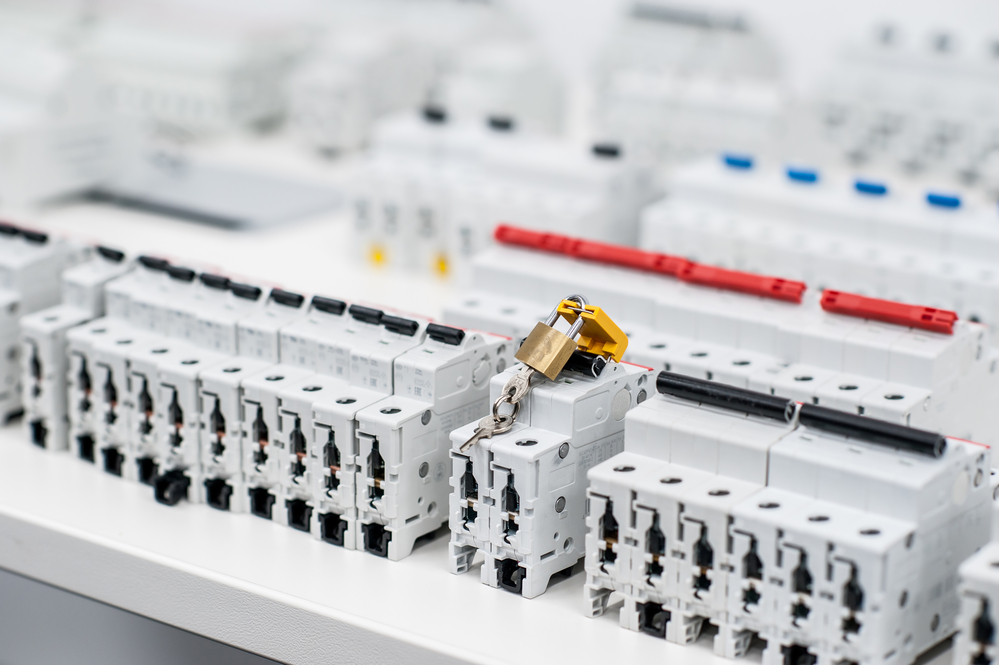
Why is an overcurrent circuit breaker one of the most important components of an electrical system?
In residential buildings, one of the key components of any electrical system is an overcurrent circuit breaker. Among other things, it is designed to counteract electrical overload. In modern rooms, multiple devices are used which require a constant source of power for proper operation. Unfortunately, the electrical system can only withstand a specific amperage, and exceeding the set value is associated with overloading. This leads to an increase in the temperature of the individual system components, which in turn has a negative impact on their service life. The insulation may even melt, eventually leading to a fire. To prevent this from happening, an overcurrent circuit breaker is used to guarantee the safe operation of the electrical system.
What is an overcurrent circuit breaker and what is it used for?
An overcurrent circuit breaker is one of the most important elements of an electrical system, you can find it in every building erected in accordance with the principles of modern construction. It is an improved version of the formerly used fuses. An overcurrent circuit breaker is installed to provide protection to an electrical system that is subject to overloads and short circuits. Its installation should be taken into account already at the stage of designing the electrical system in order to increase the safety of its use. It so happens that through one of its elements flows an electric current greater than its rated power, which creates the risk of overloading the entire system. This phenomenon is accompanied by excessive heat release, which may result in melting of the system and even in fire. This will not happen if an overcurrent circuit breaker has been installed. It protects the electrical system not only from overloads but also from short circuits. Its task is to immediately cut off the power supply as soon as it detects any irregularities in the operation of any of the protected elements of the system. In short, an overcurrent circuit breaker conducts rated current and trips when overloads or short circuits occur in an electrical circuit.
What is worth knowing about an overcurrent circuit breaker and how to choose the right one?
An overcurrent circuit breaker can only perform its function if it is properly matched to the electrical system. When choosing it, the current-time characteristics should be taken into account, more precisely the range of the rate of operation depending on the current that flows through the circuit breaker. Time-current characteristic A applies to instantaneous action circuit breakers that are used in systems supplying power to sensitive electronic equipment. In household and commercial systems overcurrent circuit breakers with characteristic B are most commonly used. They are used to protect household appliances, consumer electronics and other devices with small inrush currents. Characteristic C includes circuit breakers used primarily in industrial applications to protect equipment with high inrush currents. The last type of circuit breakers refers to the D characteristic, used mainly in industry. They are used to protect devices with much higher inrush currents.


 pl
pl  EN
EN  DE
DE  LT
LT  SV
SV  FR
FR  ES
ES  HU
HU  NO
NO  DK
DK  FI
FI  RU
RU 